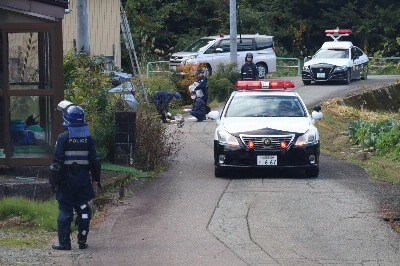As we commemorate the somber third anniversary of the March 11, 2011, Tohoku earthquake and tsunami and its devastating impact on Tokyo Electric Power Co.'s Fukushima nuclear power plants, we should also understand why Tohoku Electric Power Co.'s Onagawa Nuclear Power Station — which was closer to the epicenter of the 9.0-magnitude quake — had a drastically different fate.
While the Fukushima and Onagawa power plants shared similar disaster conditions, nuclear reactor types (Boiling Water Reactor BWR, Mark I), dates of operation and an identical regulatory regime, it was only Tohoku Electric's Onagawa power plant that went unscathed. Fukushima No. 2 Nuclear Power Plant (Fukushima Daini) was damaged by the earthquake and severely hit by the tsunami, but thanks to the heroic efforts of its operators and their epic improvisation managed the cold shutdown of all its four operating reactors.
On the other hand, the Fukushima No. 1 nuclear power plant (Fukushima Daiichi) experienced a fatal meltdown and radiation release, while Onagawa managed to remain generally intact despite its proximity to the epicenter of the enormous earthquake.
















With your current subscription plan you can comment on stories. However, before writing your first comment, please create a display name in the Profile section of your subscriber account page.